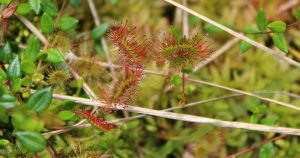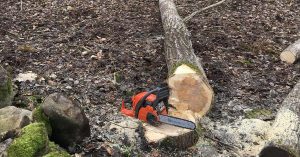Printed from: https://finalhbks.asgoodasready.com/green-gardening-without-peat/
Peat is, without a doubt, great for growing plants in. So why should we not use peat in our gardens? Well, peat bogs are home for a wide range of plants, insects and bird life. Since 1999 the development of commercial alternatives to peat has increased. The media has also made efforts to help spread […]


![By Emma Kelland [CC BY-SA 3.0 (https://creativecommons.org/licenses/by-sa/3.0)], from Wikimedia Commons](https://finalhbks.asgoodasready.com/wp-content/uploads/2018/07/path-300x157.jpg)


